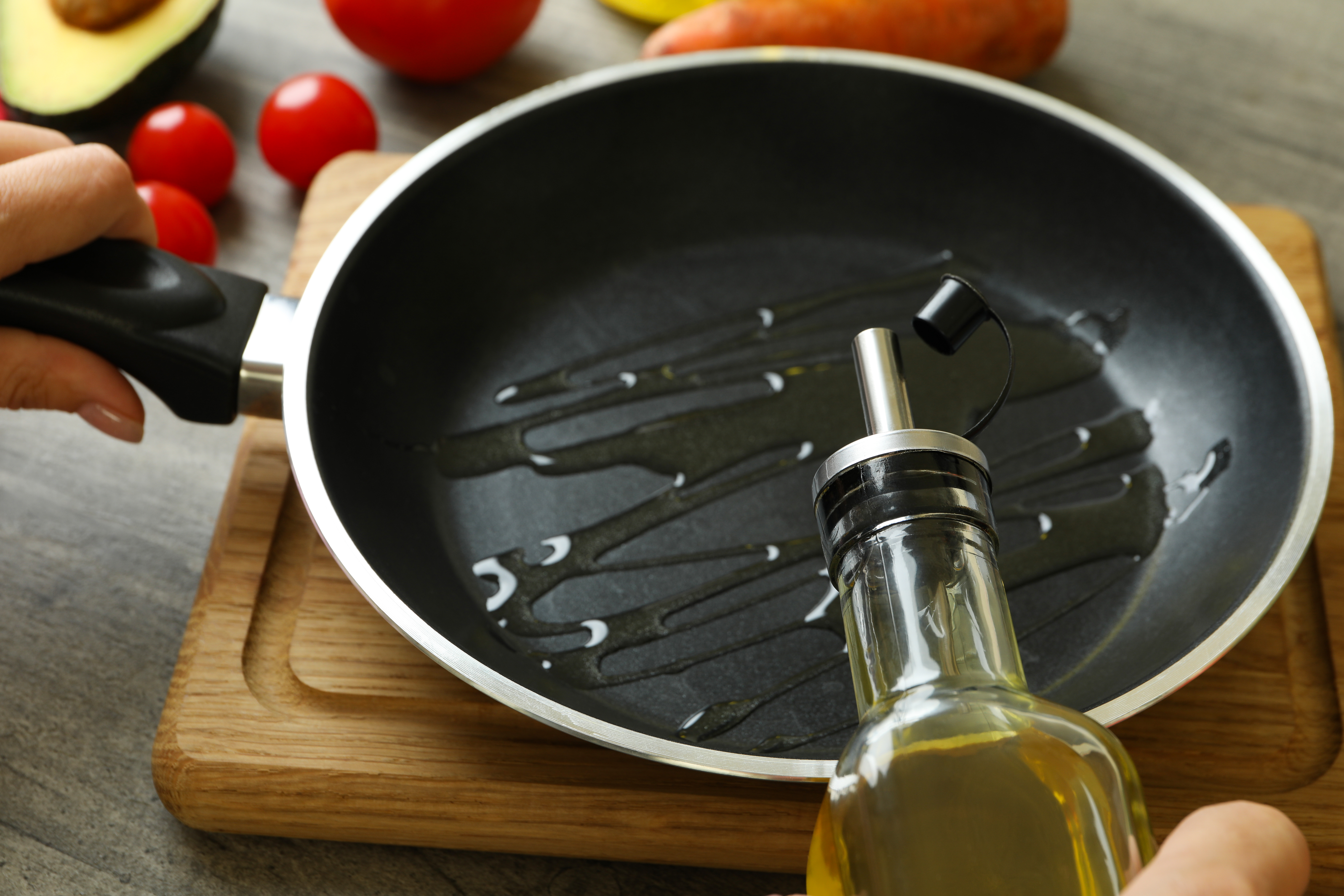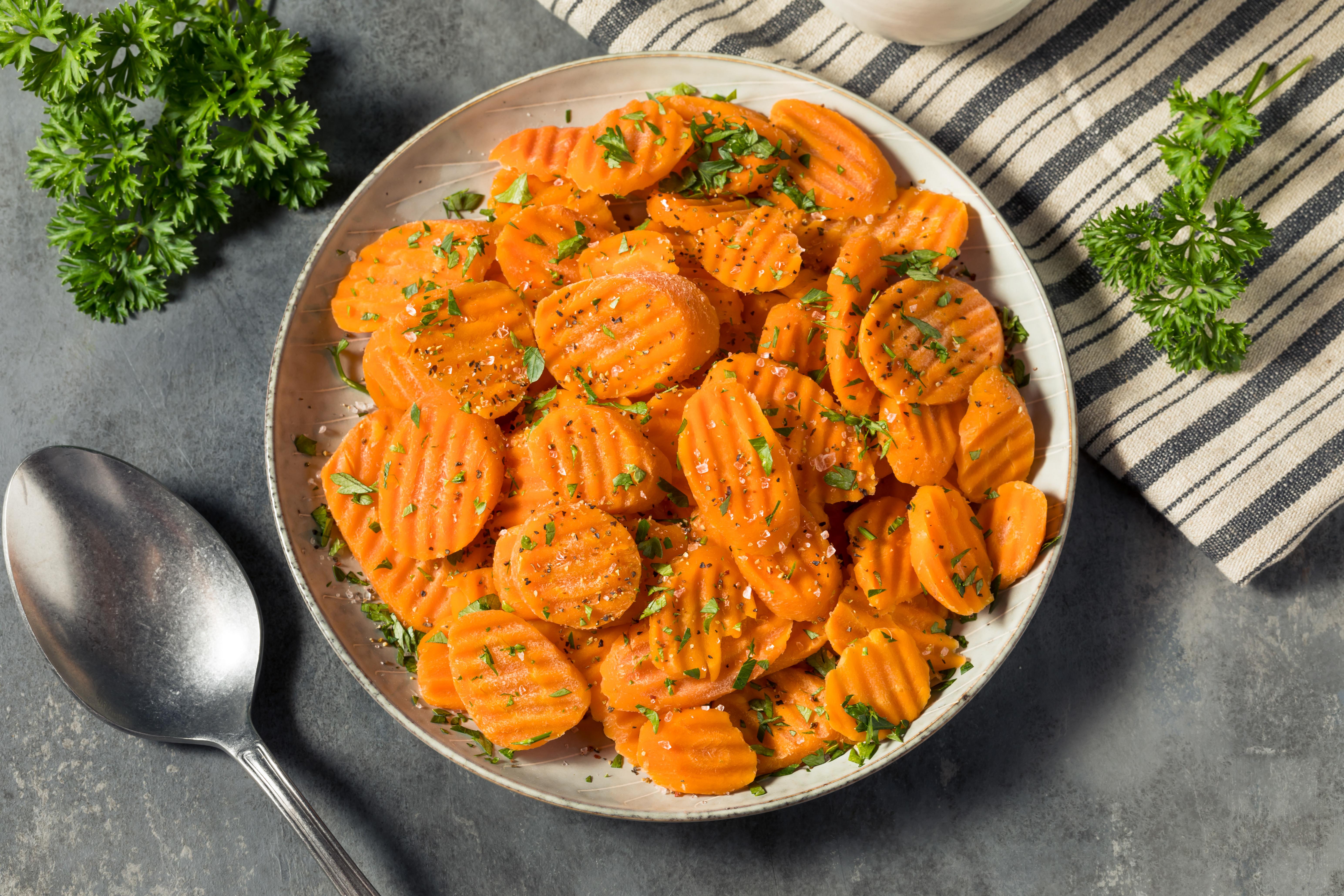Common Cooking Habits That Could Be Ruining Your Nutrients
3. Frying: A Double-Edged Sword

Frying can enhance the flavor and texture of food, but it also presents a significant risk for nutrient loss. The high temperatures involved in frying can degrade heat-sensitive nutrients like vitamins A, C, and E. Additionally, the process of frying can lead to the formation of harmful compounds such as acrylamides, especially in starchy foods like potatoes. To minimize nutrient loss when frying, consider using oils with high smoke points, such as avocado or coconut oil, which can withstand higher temperatures without breaking down. Moreover, opting for shallow frying or stir-frying, where food is cooked quickly and with minimal oil, can help preserve more nutrients compared to deep frying.
4. The Steaming Advantage

Steaming is often hailed as one of the healthiest cooking methods, and for good reason. It minimizes nutrient loss by using only water vapor to cook food, which keeps most water-soluble vitamins and minerals intact. Unlike boiling, where nutrients can leach into the water, steaming retains these nutrients within the food itself. This method is particularly beneficial for vegetables, fish, and poultry. To maximize the benefits of steaming, ensure that you do not overcook your food. Oversteaming can lead to a loss of texture and flavor, so aim for a crisp-tender finish. Investing in a quality steamer or using a simple steaming basket can make this method a staple in your kitchen routine.
